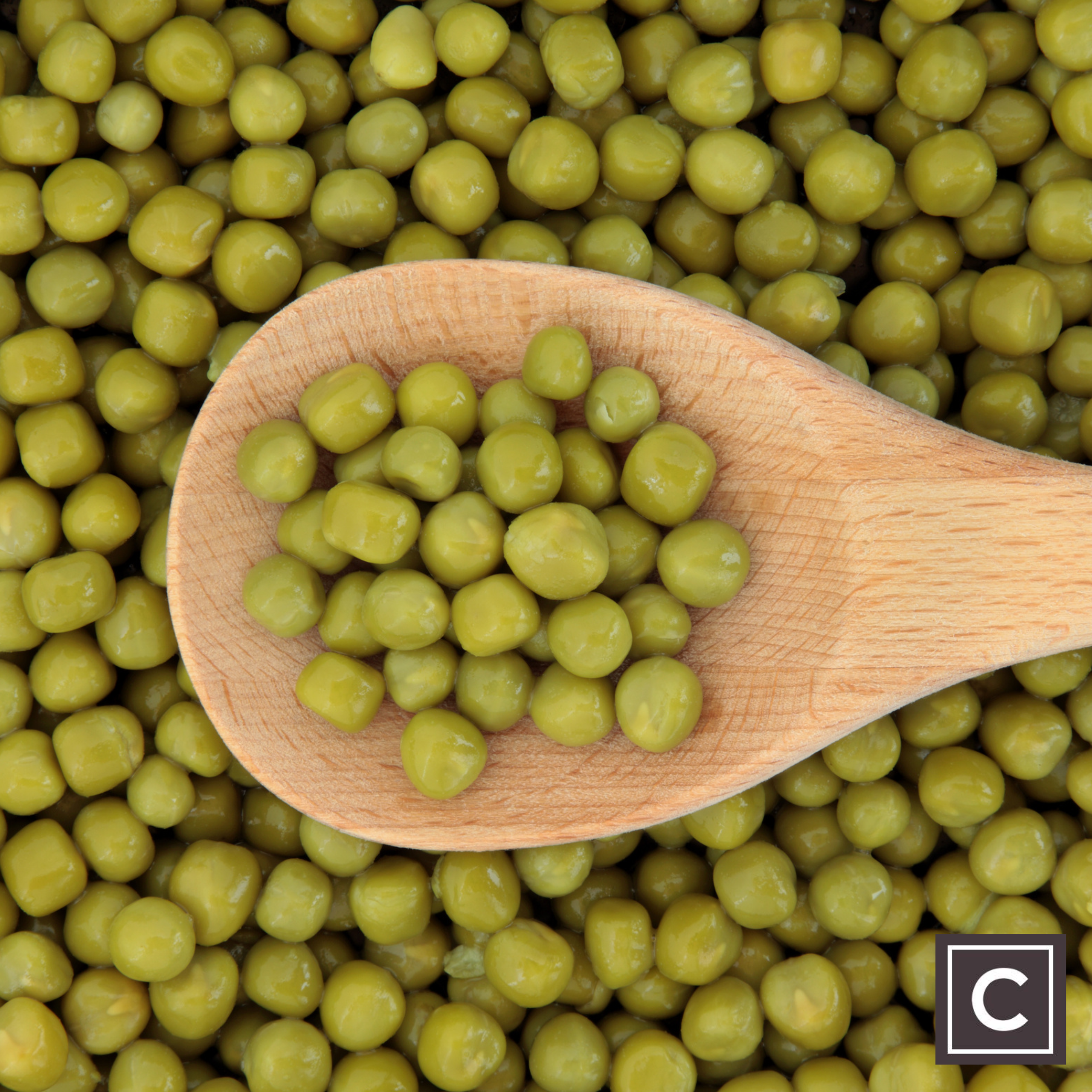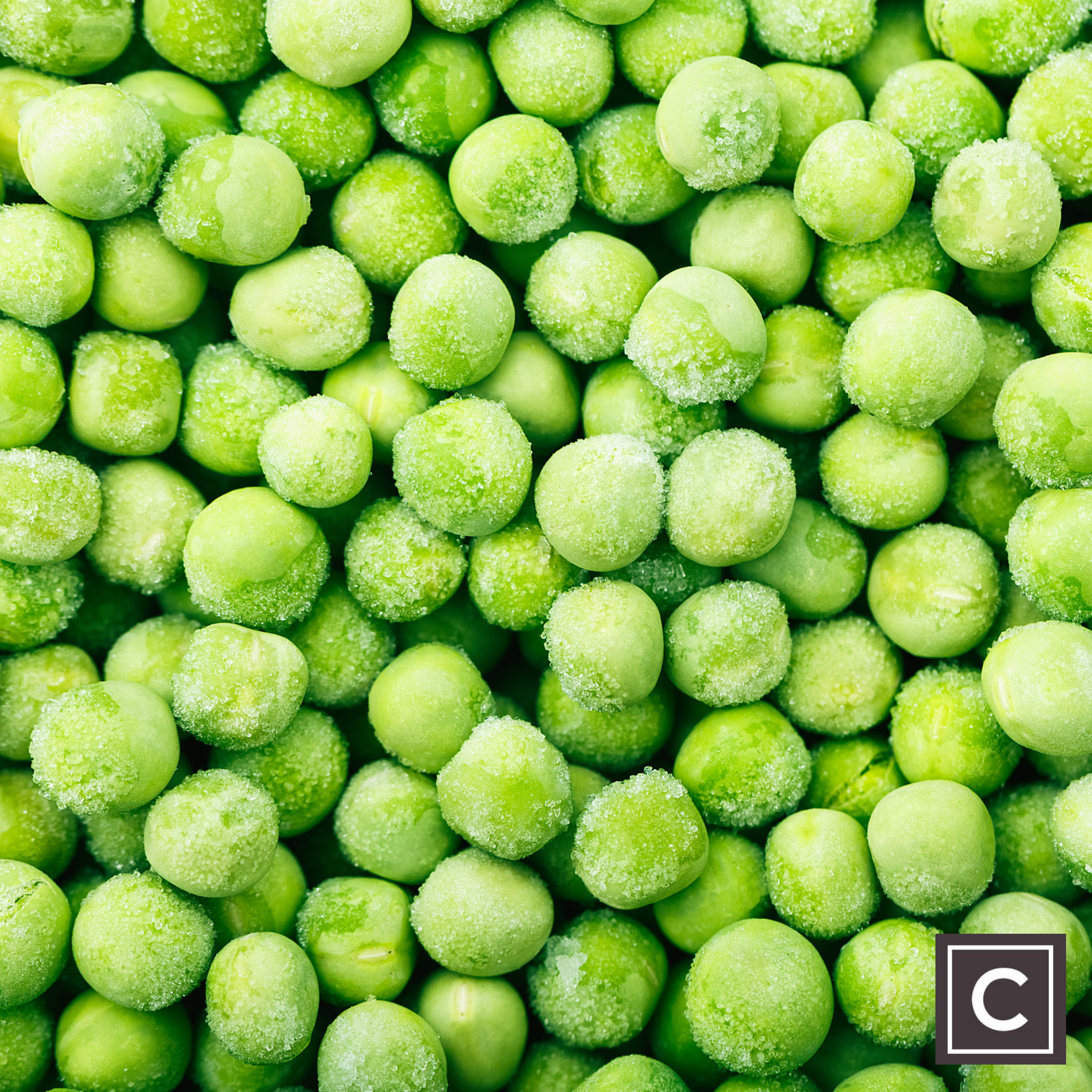Beyond the Green: Marrowfat Peas VS Garden Peas
Posted by Emily on 10th Aug 2023 Reading Time:
Every so often, I stumble upon mushy peas on the internet, but they seem more like crafty doppelgängers. They're overly green, excessively sleek, and just too polished. To set the record straight, garden peas are absolutely fine. They're delightful in their own right. But, let's be candid, they don't quite cut it as mushy peas.
Diving into the crux of the matter, the main distinction between Marrowfat peas and your everyday frozen peas lies in their size and age. Marrowfat peas are grown until they've reached full maturity, after which they're left to dry. These peas are starchy by nature and achieve a more grandiose stature. Interestingly, some of the UK's harvest makes its way to Japan, where they've carved out their niche, especially in concocting Wasabi peas.
Contrastingly, frozen peas are often harvested at a more tender age and come in a myriad of types. There's the robust and somewhat mature "Garden Peas" and the petite and possibly more youthful "Petit Pois". Ah, the latter, is a nod to the British penchant for using French when we want to sound more sophisticated; it simply translates to 'little peas'.
The unique taste of mushy peas? That can be attributed to the soaking method and the dash of bicarbonate of soda thrown in during preparation.
Venturing back in time, the origins of the marrowfat pea become murky. Here are a couple of tales that do the rounds:
One suggests that the name 'marrowfat' is believed to have been derived from the Japanese term 'Maro', a popular export cultivar. Yet, historical records, like the Oxford English Dictionary, cite the use of 'marrowfat pea' for mature dried peas as early as 1733.
Another story speaks of the "plump" nature of these peas. The Maro variety, introduced to the English shores a century ago by the Japanese, found our climate perfect for pea cultivation. Their desire was for "fat maros", or in other words, splendidly plump peas, hence the moniker 'marrowfat peas'.
The true origins? That remains ensconced in history's embrace. But one fact remains unequivocal – the British mushy pea stands proud, an iconic companion to our beloved fish and chips.



